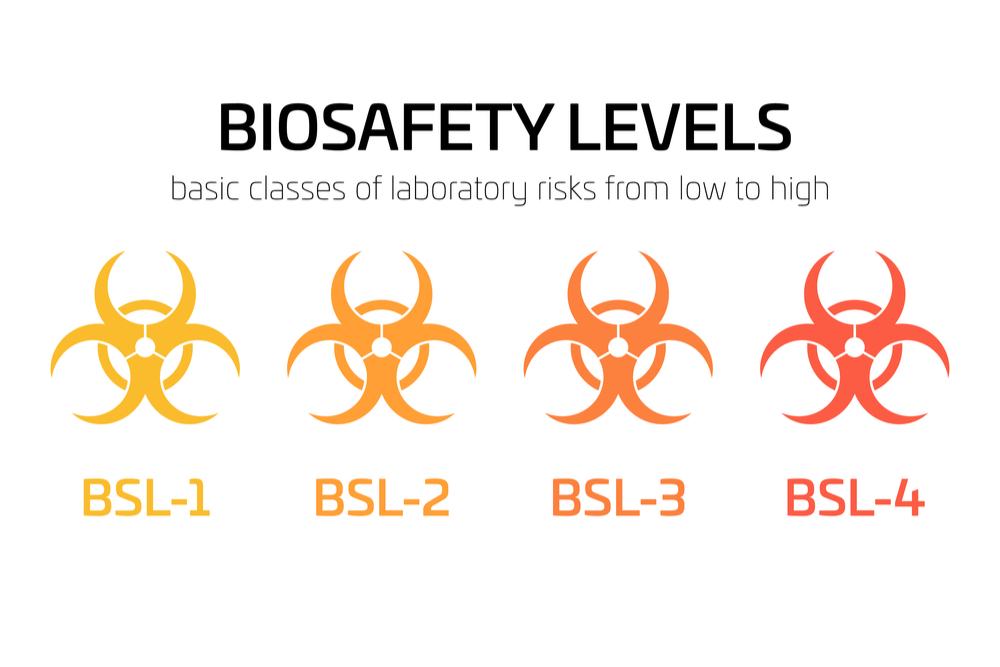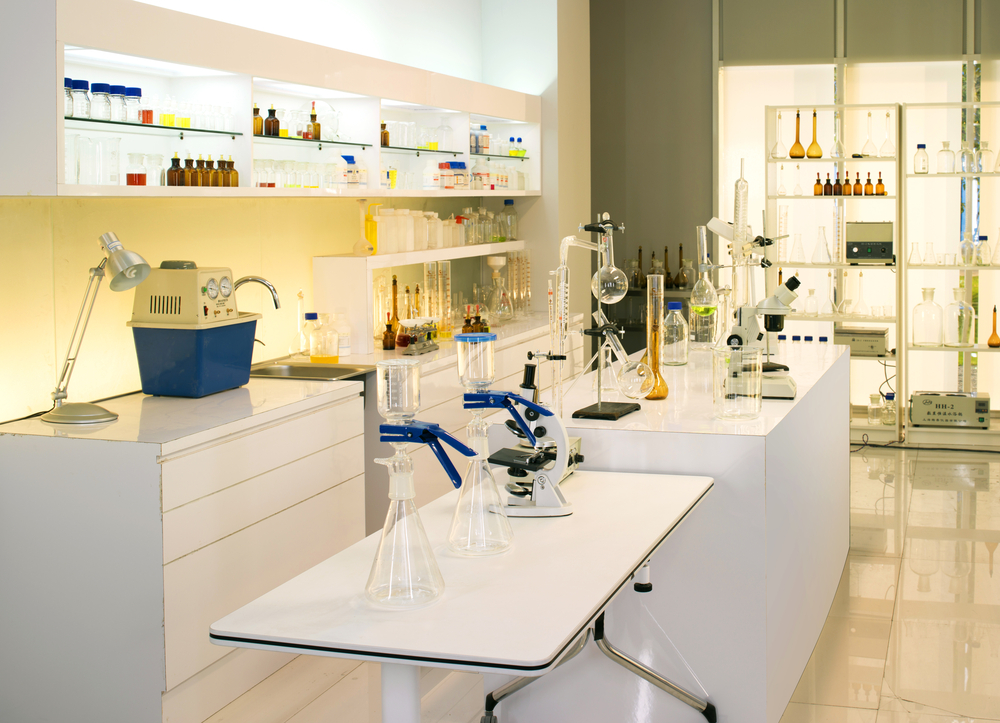For those working in a biological lab, they may be familiar with BSL or bio safety labs. However, what does BSL mean and what are the levels of biosafety?
In biological labs, employees often handle hazardous materials. In fact, some of these specimens can even be fatal at times. Therefore, biosafety labs have a numerical rating system. Each biosafety lab has a number to disclose exactly how dangerous they are. In September, we broke down biosafety levels 1-4 and the differences between them. However, in this post we’ll discuss biosafety-1, or BSL-1 labs. This will be the first in our series of posts exploring biosafety labs and the ratings they’re given.

1. The Basics of BSL-1
Obviously, with bio safety lab levels, the higher the number, the riskier the lab. Therefore, BSL-1 labs are the least dangerous biological labs. However, despite the low rating, employees still take basic precautions to protect themselves.
Generally speaking, BSL-1 lab specimens won’t cause serious illnesses in healthy people. These agents pose minimal risk to employees as well as the environment. Basically, BSL-1 labs require a very small level of containment and general lab sterilization techniques. Not much is necessary to preserve safety aside from a sink for employees to wash their hands.
2. Bio Safety Precautions
Unlike labs with a higher rating, BSL-1 labs have relatively basic precautions. BSL-1 labs follow simple rules known as standard microbial practices. In fact, many of the BSL-1 safety measures can be found in most modern workplaces. First, in BSL-1 labs, workers limit access to the lab/work area. Only qualified personnel may enter the lab. In addition, all personnel must wash their hands right after handling any biological specimen.
BSL-1 labs maintain a strict ban on food and drinks within the lab. Employees can only use sharp tools, or “sharps,” when they can’t use any alternative. Basically, this is to limit the chance of infection. Also, workers must dispose of all sharps carefully and within the proper receptacle. Most other scientific or medical facilities exercise this same policy.
Any activity that’s likely to create splashes, sprays or aerosol should be minimized. In addition, workers must clean and sanitize work surfaces on a daily basis to prevent contamination. They must also decontaminate waste materials before disposal.
3. Personal Protective Equipment (PPE)
Generally, personal protective equipment (PPE) is pretty basic. First, workers must wear lab coats to protect their clothing. Gloves are only to be worn if anyone has broken skin (cuts, scrapes, etc.) or a rash. If employees anticipate any kind of backsplash or spray, they must wear goggles, masks, splash guards or any other face protector.
To transport materials from the lab, workers utilize extra containment and a cart. Finally, BSL-1 lab employees must memorize strategies and policies regarding emergency responses. This way, in the event of an emergency, each worker knows precisely how to handle it without error or delay.
Conclusion
Lab safety of any kind is incredibly important, especially with the rise of COVID-19. However, in biological labs, they’re doubly important. In our next post, we’ll explore BSL-2 labs and the advanced safety precautions they require. For more information on lab safety and sanitation, contact S.E.P.S. today!
